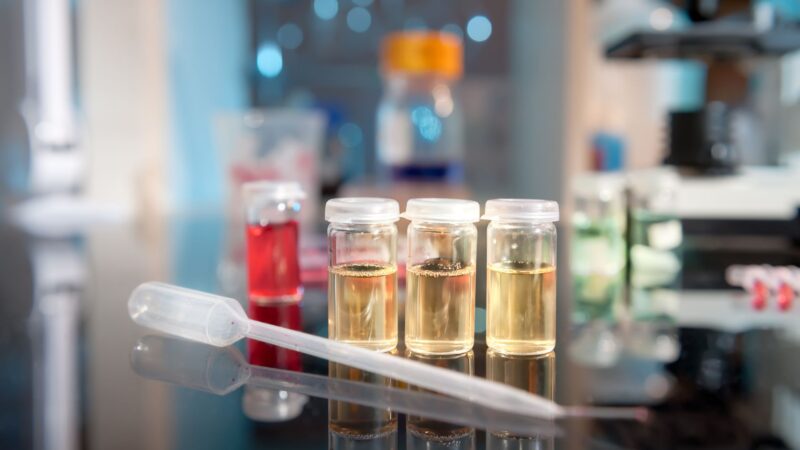Evaluating Speed, Compliance, and Process Flexibility in Modern Filtration
Disposable filtration systems have transformed the way pharmaceutical manufacturers handle process fluids—especially in environments where sterility, scalability, and speed are paramount. Traditional stainless-steel filter housings and multi-use systems, though robust, are now challenged by single-use disposable filters that eliminate cleaning, reduce downtime, and align with single-use bioprocessing strategies.
Core Advantages of Disposable Filters
- Gamma-sterilized and ready-to-use, minimizing preparation time
- Reduced validation burden compared to CIP/SIP systems
- No cross-contamination risk due to single-batch usage
- Configurable across depth, membrane, and virus filtration formats
Limitations of Traditional Reusable Systems
- Require cleaning validation with significant time and resources
- Risk of biofilm or residue carryover in complex product matrices
- Higher total cost of ownership in small or multi-product facilities
- Slower batch changeovers due to manual cleaning and setup
Validation and Compliance Considerations
- Pre-sterilized filters with full documentation and lot traceability
- Extractables/leachables profiles and compatibility reports
- Pre-use integrity testing and post-use verification (PUPSIT)
- CFR Part 11-compliant data logging when integrated with automation
Integration and Automation Potential
- Designed for plug-and-play use with single-use systems
- Compatible with inline sensor technologies and PAT tools
- Easily validated in modular, disposable skids or integrated flowpaths
Applications in Bioprocessing
- Media and buffer filtration
- Final sterile filtration before filling
- Viral filtration in downstream biologics purification
- Clarification and polishing in fermentation processes
Strategic Perspective Disposable filters enable greater agility in multi-product and multi-site manufacturing environments. They support rapid scale-up, reduced cleaning validation effort, and improved contamination control—making them an essential tool in the transition to flexible, digital, and GMP-aligned bioprocessing.






